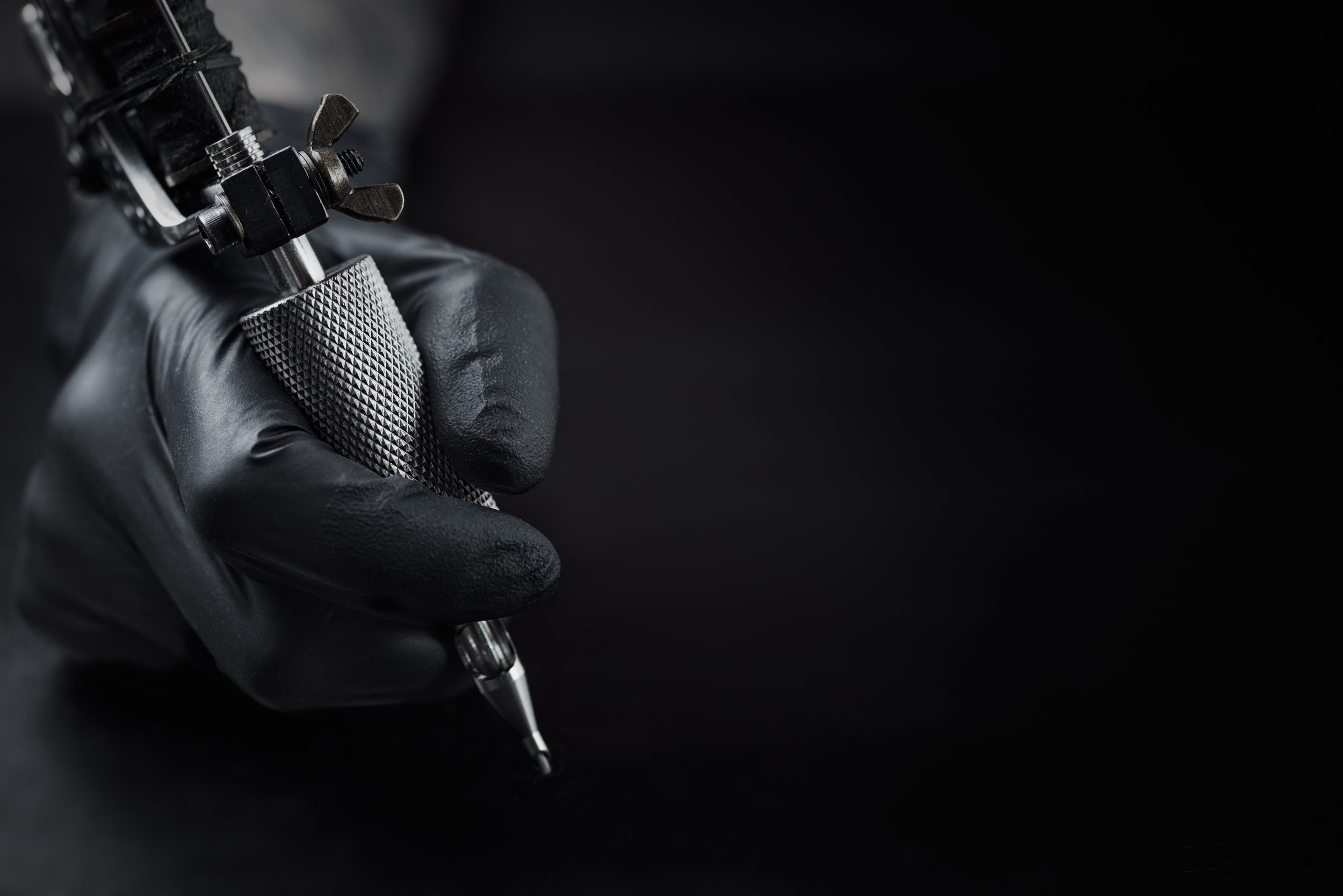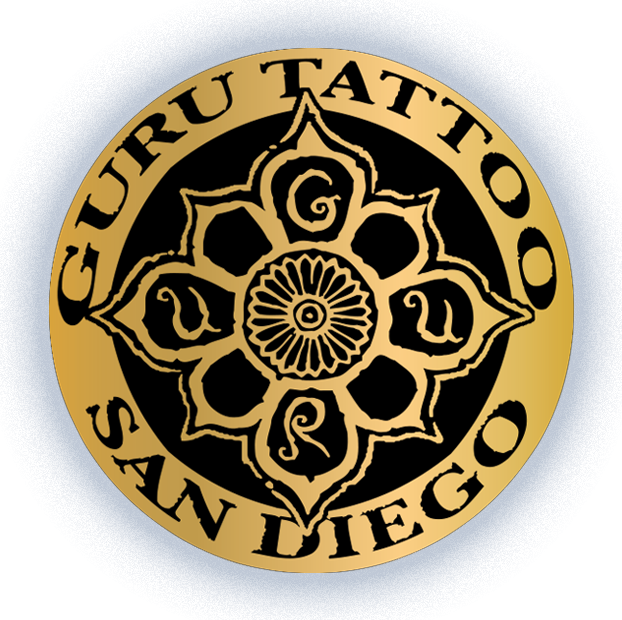
Tattoo Styles
EXPLORE TATTOO STYLES & THE GURU’S THAT SPECIALIZE IN THEM
Micro realism tattoo style is a form of tattooing that focuses on creating incredibly detailed and lifelike tattoos in a small format. This style often features hyper-realistic portraits, nature scenes, and objects, showcasing the skills in recreating even the smallest nuances on the skin.
Japanese tattoo style, also known as Irezumi or Horimono, is a traditional style of tattooing that originated in Japan. It is generally known for its natural imagery including dragons, koi fish, tigers, Geishas, Samurais, waves, peonies, phoenixes and Oni, to name a few.
Inspired by American culture, folklore, and history. American Traditional tattooing is characterized by simple designs with bold outlines and limited color palettes. These tattoos usually feature timeless imagery such as anchors, roses, eagles, skulls, and nautical theme
A modern take on the traditional form, it combines classic elements with contemporary techniques. The result is generally more saturated and brighter designs. Neo Traditional tattoos often utilize negative space to create patterns and shapes that flow with the design and overall have a more realistic and dimensional feel.
New School is a relatively newer style of art. Exaggerated proportions, unrealistic sizes and shapes as well as heavy outlining, drop shadows and exaggerated highlights all make this style bold and dynamic.
Black and gray tattooing utilizes various shades of black ink to create different ranges of gray tones. This style is often used to create realistic and detailed tattoos such as portraits and animals. The end result leaves you with a beautiful sense of depth and dimension.
Blackwork is a style that involves solid black ink. Designs often feature patterns and geometric designs such as mandalas and dot work. They also may incorporate cultural motifs such as tribal designs, Māori patterns, and Celtic knots.
Photorealism is exactly what it sounds like! A style of tattooing that focuses on creating designs that look just like photographs. Great for commemorating your favorite person, animal, landscape, object or design.
Illustrative tattooing emphasizes creating designs that look like illustrations or artwork. Usually you will find intricate details and flowing lines. Illustrative work can also incorporate different elements of abstract art, realism, and even water color.
The fine line style of tattooing is typically created by using either a single needle or three. This allows for very fine and precise lines that can be used to create small and delicate details.
Sacred Geometry focuses on geometric shapes and patterns. Often these patterns are inspired by sacred symbols that hold spiritual meanings.
Ornamental tattooing is similar to sacred geometry, but encompasses all patterns whether they be floral or ornate. The ornamental style focuses more on creating a full spectrum decorative design.
Custom lettering is not just any tattoo containing lettering. Custom lettering is a style of tattooing that focuses on creating unique and personalized fonts. They can vary from having a flowy script feel to a more bold and gothic style.
Anime tattoos are heavily influenced by Japanese anime and manga. They generally have a more detailed and complex aesthetic. The imagery usually exaggerates features such as large eyes and overemphasized expressions. Cartoon style is generally inspired by classic and contemporary cartoon characters, usually having a playful and whimsical feel.
Art Nouveau generally features intricate line work and stylized depictions of nature with a focus on elegant and flowing shapes. This style is heavily influenced by architecture. Think filigree!
Color work can be applied to any style of tattooing. An artist specializing in color has mastered the technique of layering and blending pigments to create desired effects. Color artists are knowledgeable in recommending which colors will remain vibrant on varying skin tones.
Very similar to American Traditional, but this style incorporates more intricate line-work and shading techniques to create a softer and more nuanced look. Generally more neutral and darker color palettes are chosen and different motifs often used such as mythological creatures and flora.
